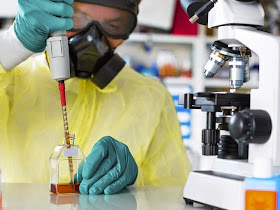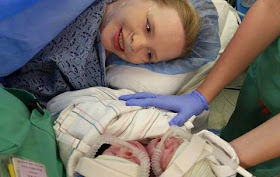Medic-ALL (16:12:2014)
By an Anonymous American Medical Student
Why would anyone want to become a doctor? Seriously. Think about it, because this is a very important question for the future of healthcare in our country.
The future of medicine is somewhat unclear in this age of healthcare reform, but we do know a few things. Physician compensation is currently falling while lawsuits and malpractice premiums are rising. Doctors must see many more patients in a day to maintain their salary, all while dealing with more paperwork in their limited time. The hours are often long and the training is challenging. Students must attend four years of medical school after college plus an extra three to seven years of residency depending on their chosen specialty. So, why on earth would the best and the brightest young minds want to pursue a career in medicine, especially when they’ll be expected to pay in upwards of $200,000 for their education?
As a second year medical student I’m proud to report that the reasons our future doctors are choosing medicine have changed. The decision is no longer made because of prestige or money, as it commonly was in the past. Some of our nation’s best students are choosing medicine primarily because they care about others. I’m not saying that older physicians don’t care about others, but they entered medicine under much different circumstances than what we face today. Ask any pre-med student who’s shadowed a doctor and the majority will tell you that they were encouraged to choose a different career path. There are plenty of kind and compassionate doctors out there, but there are also many who went into medicine for the money and recognition. Personally, I was told that I should become a plumber, “because it pays better and medicine isn’t what it used to be.”
Yet, according to the American Association of Medical Colleges, the number of applicants to medical school has been steadily increasing for the past ten years, and students are choosing medicine despite all the challenges. They see the challenges that our healthcare system faces and they’re excited to start working on solutions. As of 2010, there were over 47,000 medical student members of the American Medical Association (AMA), showing their interest in shaping the future of healthcare policy.
So what does all this mean for the future of healthcare? Overall, we’re going to see more and more doctors who are compassionate and who chose medicine for the right reasons. These doctors will understand the challenges that are facing them and they will be prepared to fight for the interests of their patients, whether their opponent is an insurance company or a congressman. That is why I’m optimistic about the future of healthcare.
Courtesy: Kevinmd







